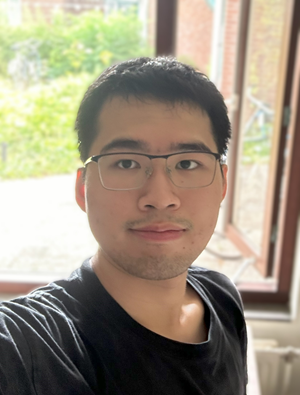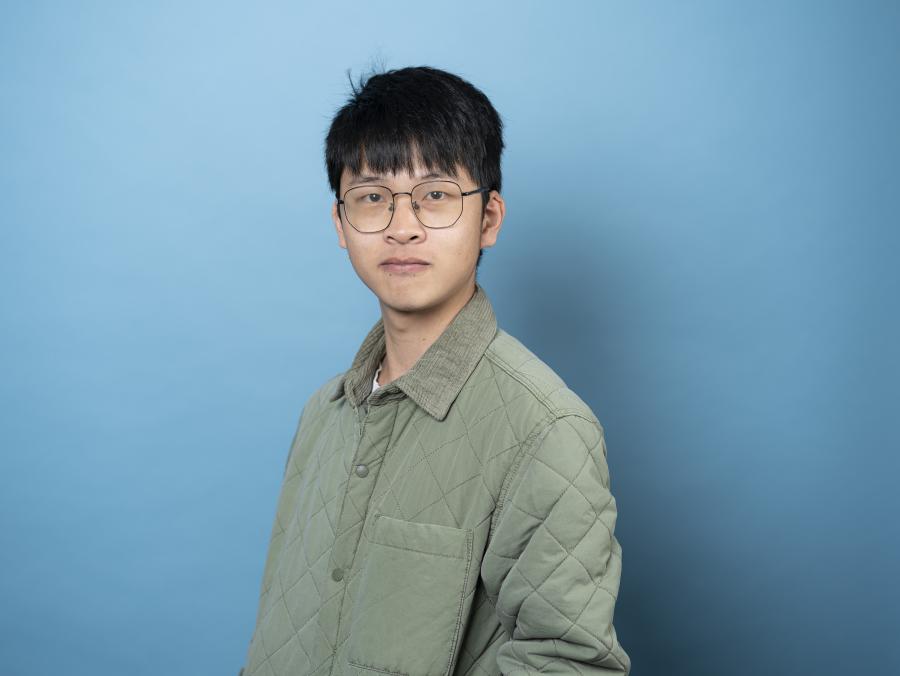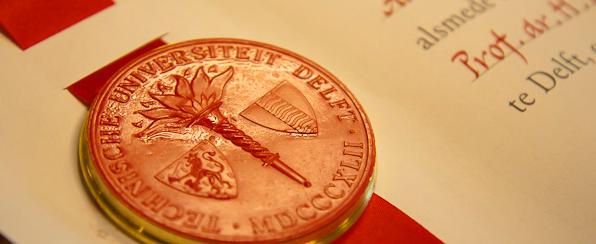Agenda
MSc SPS Thesis presentation
- Wednesday, 30 July 2025
- 10:00-12:00
- HB17.140 (Seminar room)
Wideband Ambiguity Function Shaping and Sonar Imaging
Xingyuan MaNXP Semiconductors

Synthetic Aperture Sonar (SAS) is an advanced sonar imaging technique that uses multiple pulses or high duty cycle waveforms from a moving surface vehicle to create a synthetic aperture array for imaging. One of the key challenges of SAS systems is the design of continuous waveforms that enable high-quality imaging under practical constraints (e.g., unimodular constraint). This thesis addresses the design of such waveforms and observes that waveform design for a SAS system over a short time window can be approximated as a wideband ambiguity function shaping problem. To tackle this, we reformulate the wideband ambiguity function shaping problem as a non-convex optimization problem and propose four methods to solve it. Among the proposed methods, the wideband gradient descent method is proven to be the most efficient and effective in minimizing the average sidelobe energy in the region of interest of the wideband ambiguity function. Simulation and field trial results show that, although waveform design for SAS systems is not strictly equivalent to wideband ambiguity function shaping, the waveform obtained through this approach still yields good SAS imaging performance compared to conventional sonar waveforms, such as the random Binary Phase-Shift Keying (BPSK) waveform. These findings provide a direction for the waveform design of future SAS systems. Beyond SAS, the proposed wideband ambiguity function shaping methods also show potential for other wideband applications, such as waveform design for underwater target tracking.
PhD Thesis Defence
- Thursday, 18 September 2025
- 09:03-11:30
- Aula Senaatszaal
Multi-Microphone Signal Parameter Estimation in Various Acoustic Scenarios
Changheng Li
Many modern devices, such as mobile phones, hearing aids and (hands-free) acoustic humanmachine interfaces are equipped with microphone arrays that can be used for various applications. These applications include source separation, audio quality enhancement, speech intelligibility improvement and source localization. In an ideal anechoic chamber, the signals received by ideal microphones are just attenuated and delayed version of the original sound. However, in practice, obstacles such as the floor, the ceiling and the surrounding walls will reflect the sound to the microphones. Also, the microphone itself will generate noise, distorting the recorded signals. Lastly, it is possible that multiple point sources are active simultaneously. When we consider one point source as the target signal, the other sources could be considered interfering signals. These distortions make it difficult to get access to the target signal. Therefore, spatial filtering is often applied to the microphone signals.
To achieve satisfying performance, these spatial filters typically need to be adaptive to the (changing) scene. Specifically, the filter coefficients depend on the acoustic-scene related parameters that model the microphone signals. These parameters, such as the relative transfer functions (RTFs) of the sources, the power spectral densities (PSDs) of the sources, the late reverberation and the ambient noise, are typically unknown in practice. Therefore, estimation of these parameters is crucial and thus the main focus of the dissertation. While it is relatively straightforward to estimate these parameters in less complex acoustic scenes, these algorithms are usually not applicable and not extendable to more complex acoustic scenes. Therefore, the complexity of the estimation methods needed depends on the complexity of the acoustic scene.
In his thesis, the author considers to estimate the RTF under varying assumptions and conditions, resulting in the joint estimation of the RTF and the power spectral densities of the sources, the late reverberation, and the noise.
Additional information ...
